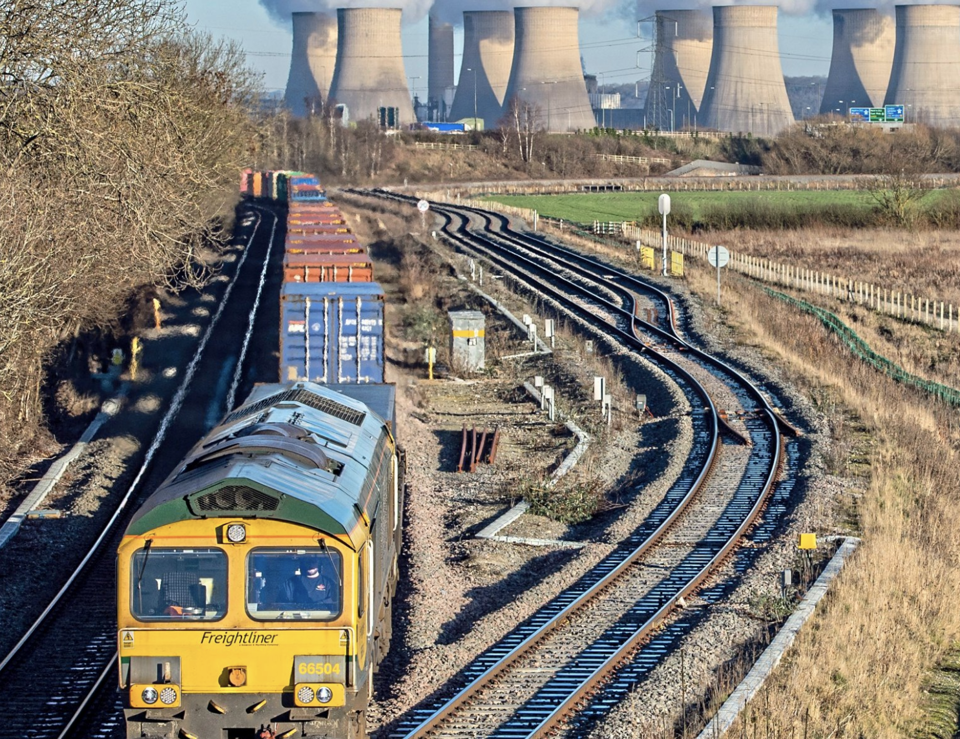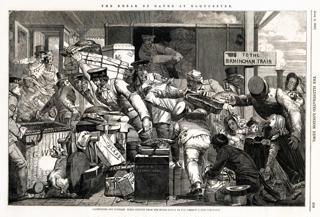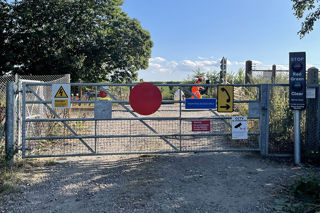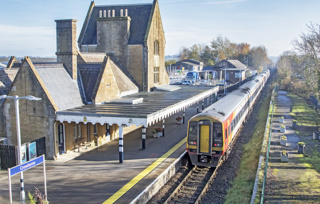Debate over whether the number of passenger trains should be reduced, to provide more capacity for freight, has been accentuated by the pandemic. ANTHONY LAMBERT examines the arguments.
FEATURE
I shouldn’t need to approve whether a passenger train ought to be removed from the timetable to allow a freight train to run instead, as I was doing earlier today.
So said Secretary of State for Transport Mark Harper at the annual George Bradshaw address in February.
Even before the pandemic, there were periodic debates over the value of running a passenger train with a dozen or so passengers compared with a freight train carrying 2,000 tonnes of aggregates or 40 containers.
With passenger figures at roughly 80%-90% of pre-pandemic levels, the case for re-evaluating the way train paths are allocated becomes compelling. Examining whether the current procedure is fit for purpose should be an inevitable consequence not only of the creation of Great British Railways and whatever structure replaces franchising in contracting passenger train services, but also the imminence of freight growth targets.
Equally inevitable is the way that competition for paths between passenger and freight sectors is framed in adversarial terms, although this is more at a strategic than regional level. Priority may be given to passengers or freight depending on which sector brings in the most revenue, or is perceived as having the greatest growth potential. Witness the priority given to freight on North American railways.
Extracting maximum capacity from a railway is complicated by a number of factors - among them speed differentials, signalling, the loading gauge, changes to theoretical running times through the enhanced performance of a new train or improved infrastructure, the desire for a regular clock-face timetable, and insistence on a maximum percentage occupancy to allow for recovery from perturbations. Swiss railways prove that it is possible to combine rigid clock-face departure times with enviable quantities of rail freight.
Timetable planning
Network Rail’s System Operator business unit produces and publishes the national timetables, working with train operators and
Network Rail routes to decide the best allocation of network capacity.
It translates train operators’ access rights and the train paths they bid for into the timetable according to the processes set out in Part D of the Network Code. It co-ordinates the process for establishing a base timetable twice a year and for making shorter-term changes to accommodate engineering works, special events, and ad hoc requests from passenger, freight or charter services.
To read this feature in full, see RAIL 991
To read all our magazine articles, choose from either a Digital Edition Membership from just 99p for your first month, or a Print & Digital Edition package from just £9.50 per month. Choose your Membership here


















Login to comment
Comments
No comments have been made yet.